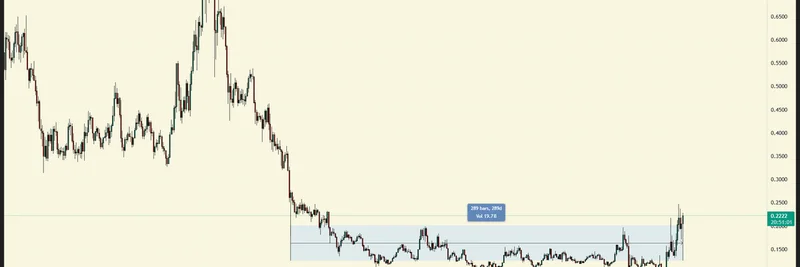BSC News just dropped an exciting update on X about the $ZAMA token, sparking interest across the crypto community. If you're into meme tokens and the broader blockchain world, understanding emerging utilities like this could give you an edge. Let's break down what we know from their detailed analysis, keeping things straightforward and conversational.
What is Zama and the $ZAMA Token?
Zama is a Paris-based company founded in 2020, specializing in open-source cryptography. Led by CEO Rand Hindi, who holds a PhD in bioinformatics, and CTO Pascal Paillier, a renowned cryptographer, Zama focuses on fully homomorphic encryption (FHE). That's a fancy way of saying it allows computations on encrypted data without ever decrypting it—super useful for keeping things private on the blockchain.
The $ZAMA token is the heart of the Zama Confidential Blockchain Protocol. This protocol acts as a layer on top of existing chains like Ethereum, enabling confidential smart contracts. Imagine executing trades or transactions where your data stays encrypted end-to-end. $ZAMA serves dual purposes: it's used for paying fees within the protocol and for staking to secure the network.
Funding and Team Behind Zama
Zama isn't new to the scene—they've raised about $130 million in funding. Their Series A in March 2024 brought in $73 million, valuing them at around $200 million. By June 2025, a $57 million Series B, led by Pantera Capital and Blockchange Ventures, pushed their valuation over $1 billion, making them the first unicorn in the FHE space. Backers include big names like a16z Crypto and CoinFund.
With over 90 employees, half of whom have PhDs in math or cryptography, Zama has built solid tech. They've released open-source FHE libraries like TFHE-rs, which has seen over a million downloads, and collaborated with tech giants like NVIDIA and Intel.
How the Protocol Works
The Zama protocol overlays on host chains, using their fhEVM library to let developers write confidential smart contracts in Solidity. It introduces encrypted data types, so transactions and states remain hidden on-chain.
Behind the scenes, computations are handled off-chain by specialized nodes: GPU-equipped coprocessors for the heavy lifting and key management service (KMS) nodes for secure decryption. It combines FHE for calculations, multi-party computation (MPC) for key sharing, and zero-knowledge proofs for verification. Security is top-notch, aiming for 128-bit post-quantum levels, with extensive audits already completed.
Performance-wise, the public testnet hits about 20 transactions per second (TPS), with plans to scale to 1,000 TPS in 2026 and over 100,000 by 2027-2028 using custom hardware.
Tokenomics: Burn-and-Mint Model
$ZAMA uses a burn-and-mint equilibrium. All fees, paid in $ZAMA but denominated in USD for stability, get burned immediately. New tokens are minted to reward stakers and operators based on a square-root weighting of their stakes. This means if fees outpace rewards, the supply shrinks; otherwise, it grows modestly.
Initial minting is capped at 10% annually, with governance able to adjust it. Fees are reasonable: encrypting data costs $0.005 to $0.50, reading balances $0.001 to $0.10, and decryptions the same. High-volume users get up to 100x discounts. For example, a confidential ERC-20 transfer might run $0.008 to $0.80 before discounts.
The network starts with 18 delegated proof-of-stake operators, including Ledger and Fireblocks, each staking at least 0.5% of supply. Delegators earn about 80% of rewards after operator commissions.
Full supply and allocation details are coming soon before the token generation event (TGE).
Launch Timeline and Recent Updates
The public testnet launched in Q3 2025, allowing devs to test confidential contracts on EVM chains. The TGE and mainnet integration on Ethereum are set for Q4 2025, before the end of the year.
Recently, Zama acquired KakarotZK Labs on November 5, 2025, to boost ZK rollup tech for faster confidential TPS on chains like Ethereum and Solana. They also announced a €2 million joint venture with PyraTz Labs on November 12 to create Zaiffer, focusing on confidential DeFi apps like AMMs and lending with sub-5-second transactions.
Why This Matters for Crypto Enthusiasts
For those of us tracking meme tokens, privacy tech like $ZAMA could change the game. Imagine meme coin trades that stay truly anonymous, protecting against front-running or data leaks. While $ZAMA isn't a meme token itself, its protocol could support confidential meme ecosystems, making DeFi more secure and accessible.
Stay tuned for more updates as the TGE approaches. If you're building or investing in blockchain, tools like this are worth watching. Check out the original BSC News post for deeper dives, and follow Zama on X for the latest.

